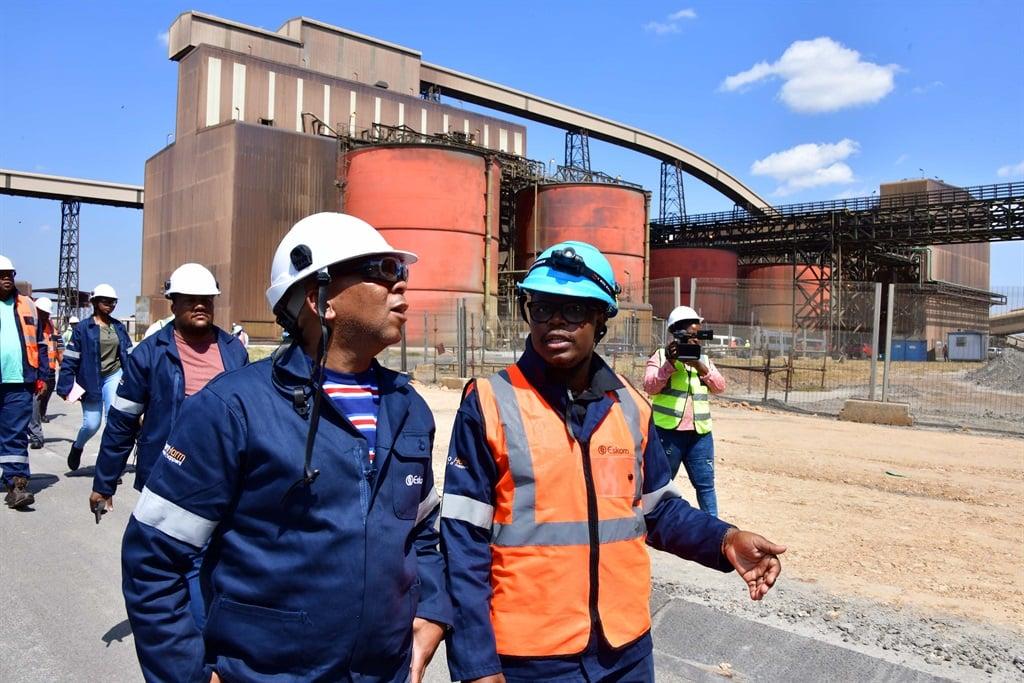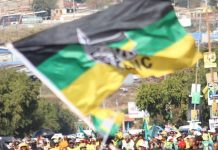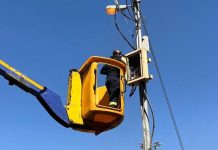Africa-Press – South-Africa. The Cabinet will need to weigh whether SA can meet the climate goals it committed to at COP26 in 2021 against the country’s need to keep its coal generation units online longer to meet the energy shortfall, Minister of Electricity Kgosientsho Ramokgopa said on Thursday.
SA committed to an ambitious “nationally determined contribution” (NDC) at COP26 in Glasgow as part of the global drive to reduce carbon emissions and slow global warming. Achieving the NDC goal by 2030 requires that Eskom stick to its planned schedule of decommissioning coal-fired units and speed up the retirement of one additional power station – Tutuka – and retire it ahead of its end-of-life schedule.
Tied to achieving the NDC is $8.5 billion in concessional funding secured at COP26. The bulk of the funding is destined for Eskom’s investment in the transmission grid that will enable the connection of more renewable energy. Also tied to the retirement of coal is SA’s just energy transition, which until now the government has embraced.
Ramokgopa briefed the media following his tour of 16 power stations nationwide. His mission is to improve Eskom’s energy availability factor to close the energy capacity gap responsible for load shedding. He outlined his findings and highlighted the “difficult choices” facing the Cabinet.
Top of these is whether Eskom sticks to the schedule to retire Eskom’s ageing fleet from service and meet the NDCs. About 11.8GW are scheduled for retirement in the next seven years.
Said Ramokgopa:
Ramokgopa puts the cost to the economy of unserved energy due to load shedding at R500 billion a year, low growth, a reduced tax take, and unemployment.
He is particularly concerned about the decommissioning of Tutuka, where he believes the quickest gains can be made, given its shocking performance. Tutuka is Eskom’s worst-performing power station with an EAF of 26% and has been a site of endemic corruption.
He explained:
The minister added: “So, the maths doesn’t add up. You can’t be looking for additional megawatts when there are plans to take out other megawatts.
“What it does is plunge the country into darkness and undermine the ability to achieve our developmental goals.”
A second difficult choice for the Cabinet will be providing Eskom with additional fiscal support. The root of the problem at many power stations is Eskom’s inability to invest in its cost-plus mines and other infrastructure. Cost-plus mines are partly owned by Eskom but need significant investments to expand and reach better quality coal.
Investments in cost-plus mines were required at Matimba, Tutuka, Lethabo and Matla power stations. Majuba needs investment in the milling plant and Kriel in the cooling towers. These interventions would substantially improve the output of these stations, he said.
As a condition of its R254 billion debt relief, Treasury has prohibited Eskom from new borrowing without permission.
Private investment should also be considered if there are instances where the private sector could invest while the government retains ownership.
Ramokgopa said that he was beginning to “do the numbers” on the level of investment required to improve performance and extend the lives of units due to retire. Eskom, in the past, has ruled out returning retired units to service as being too expensive for the diminishing return they make.
Other problems that needed to be addressed were poor planning, the time to procure parts, and staff morale, particularly at power stations due to being closed down.
For More News And Analysis About South-Africa Follow Africa-Press






